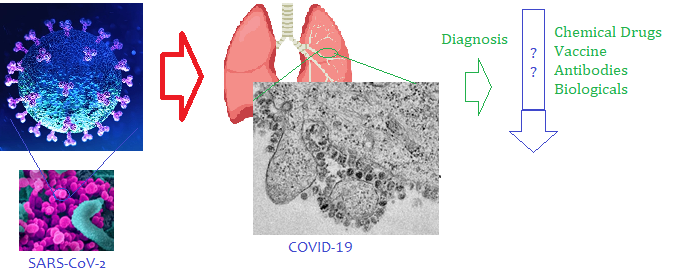Male reproduction and its intricate neuroimmunoendocrine regulations open a wide scope of scientific interventions. Male infertility, being responsible for about half of the overall global infertility cases, represents a complex pathophysiological mechanism. Crosstalk among the endogenous immune and endocrine mediators may affect male gonadal functions. Since male reproduction is fine-tuned by orchestrated regulation of reproductive hormones and immune regulators, a better understanding of these chemical regulations will potentiate further research in this direction.
This issue aims to summarize the current knowledge on the hormonal and immunological regulations of male reproductive functions in physiological and pathophysiological conditions of male reproduction.
Potential topics include but are not limited to the following:
- Energy homeostasis and male reproduction
- Immunoendocrine regulation of male reproductive functions
- Adipokines and energy metabolism in male fertility
- Obesity and male infertility: energy imbalance to inflammation
- Endocrine regulation of epigenetics of reproductive tract inflammation
- Altered energy metabolism and immune regulation in aged men
| Submission Deadline | 30th June 2021 |
| Publication Date | 1st Sept 2021 |
Guest Editors:
 |
Pallav Sengupta, PhD Department of Physiology Faculty of Medicine & Biomedical Sciences MAHSA University [pallav@mahsa.edu.my; pallav_cu@yahoo.com] |
 |
Sulagna Dutta, PhD Department of Physiology Faculty of Dentistry MAHSA University [duttasulagna@mahsa.edu.my; sulagna_dutta11@yahoo.com] |
Submission
Article (Research articles and Review Articles) should be submitted online on the journal site http://www.thesciencein.org/journal/index.php/cbl as per author guidelines. Authors need to indicate submission to special issue in cover letter to editor.
There is no publication charges for publishing in special issue or in Chemical Biology Letters.
















